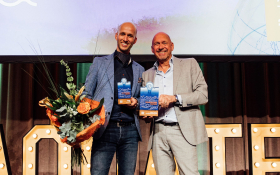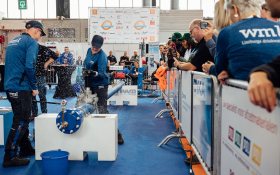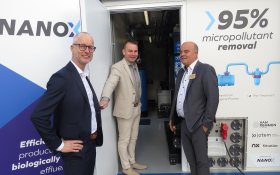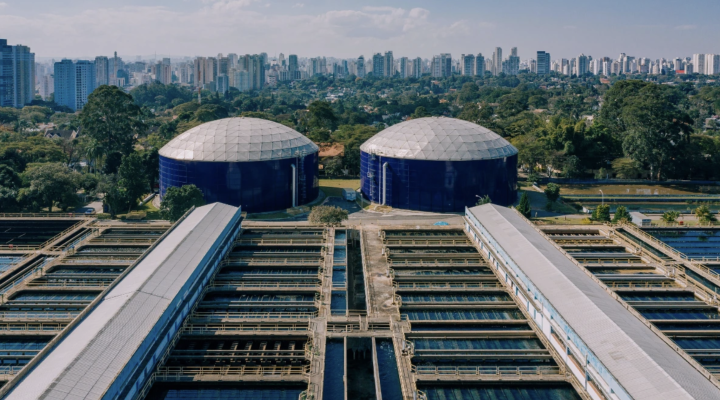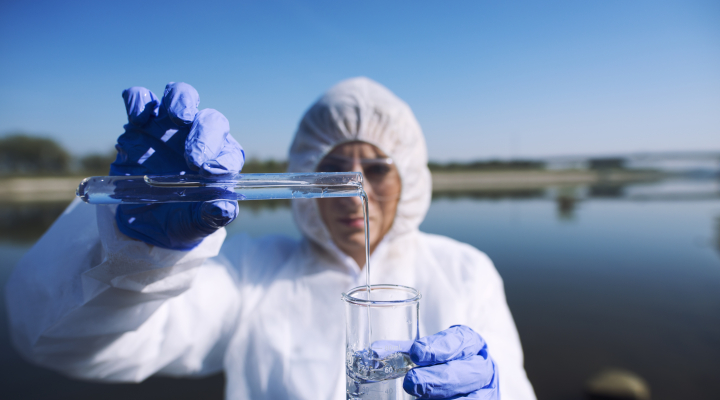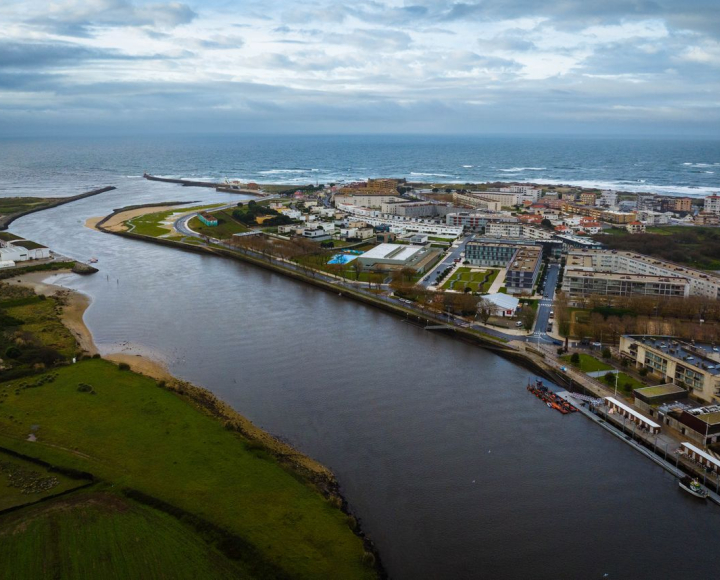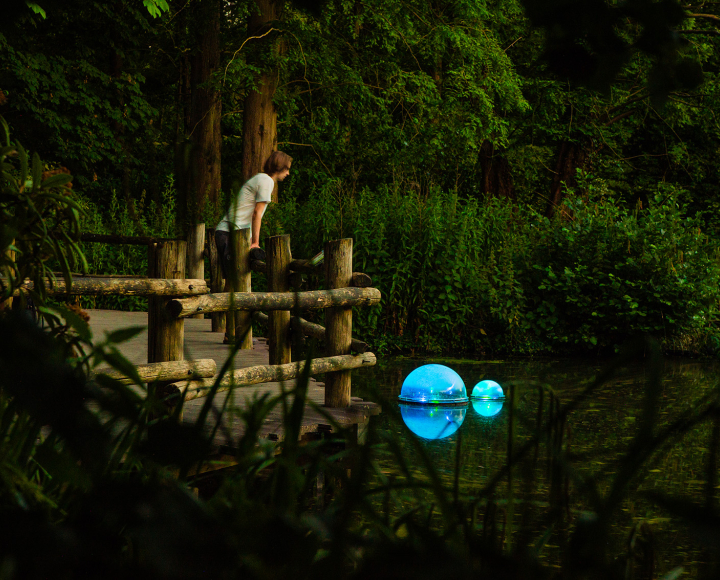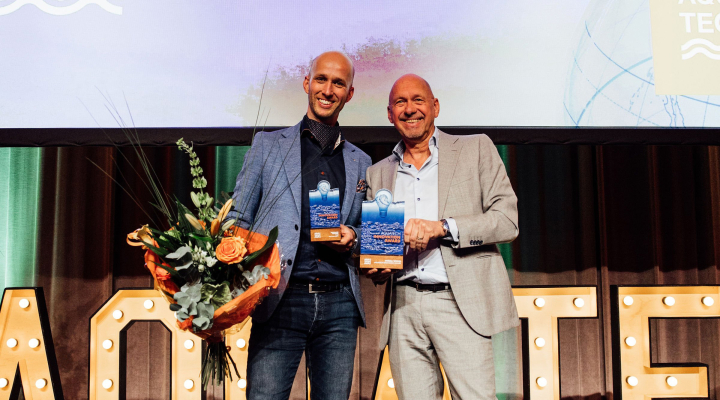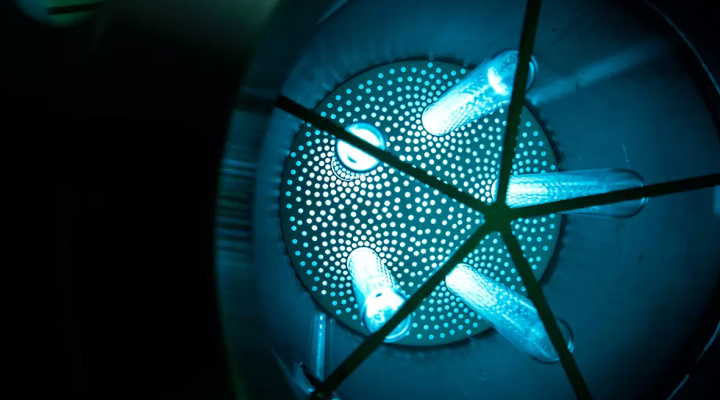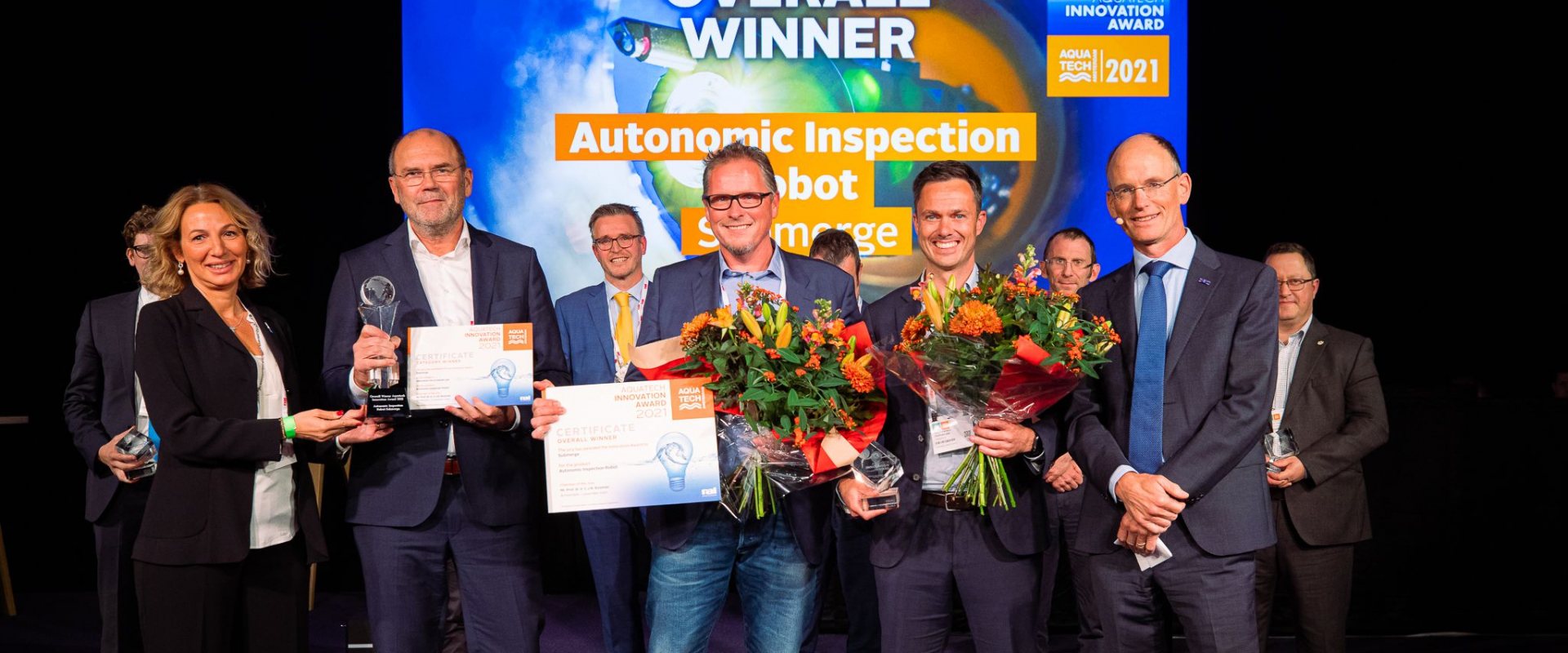
Autonomous pipe inspection robot wins Aquatech Innovation Award
The SubMerge autonomous robot that can help map infrastructure and detect faults in drinking water pipes, has been announced as the Overall Winner of this year’s Aquatech Innovation Award.
The awards were announced and handed out during the official opening ceremony of the Aquatech Amsterdam trade fair on 1 November.
The international water technology trade fair takes place from 2 till 5 November and coincides with the Amsterdam International Water Week.
First prototypes
The winning inspection robot SubMerge has been developed by a public and private cooperation involving Dutch drinking water utilities Vitens, Brabant Water and Evides and water firm HydroScope. Dutch knowledge institutes KWR and Wetsus contributed to the development of several early prototypes.
The robot flexibly navigates through water pipes. It makes pictures, measures wall thickness, determines leakages and calculates coordinates.
The robot moves from base station to base station. Reaching a base station, the robot gets recharged, exchanges its data and proceeds with a new mission.
Digital twin
The jury of the Aquatech Innovation Awards praised the robot for its ability to help water utilities gain more precise knowledge about the conditions of their distribution network. Autonomously navigating through the network, it can help detect leaks, corrosion and it can even be used to map pipe networks in order to eventually help create a digital twin.
The prototype has been presented at the Aquatech Amsterdam trade fair for the first time. Before market introduction, SubMerge still needs some further development.
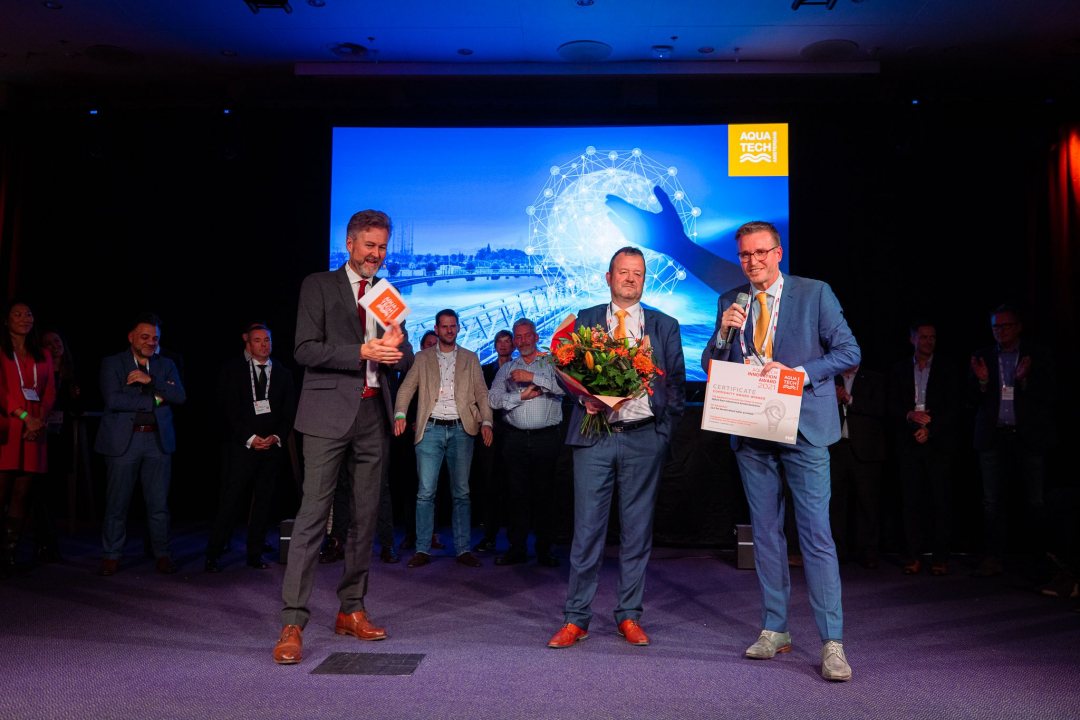

High level of engagement
One of the most important trends we witnessed in this year’s Innovation Award entries was the availability and adoption of smart technologies,” commented jury chairman Professor Cees Buisman, Scientific Director of Wetsus, the European centre of excellence for sustainable water technology.
Buisman said the high level and the number of innovations provided real hope for the water sector.
“We’ve had almost two years of the coronavirus crisis, yet we still received more than 50 new entries," added Buisman. “This is a positive sign of how innovative the water sector continues to be. It’s remarkable how engaged so many people are to keep innovating to solve water challenges.”
Green chemicals
For the first time the Innovation Awards included the Aquatech Community Award and the Green Chemical Award.
Winner of the Green chemicals category was Wasser 3 for his non-oil based hybrid silicon gel that - based on agglomeration fixation - clumps microplastic particles and micropollutants into particles - regardless of the type of polymer or type of water.
As these particles float to the surface of the water, they can be separated using a skimmer without a filter. The gel can be reused.
Public vote
Next to the official Jury, water tech professionals voted for their own favourite innovation – the Community Award. The nominee with the highest number of votes was Nijhuis Saur Industries & Semilla Sanitation with its closed-loop decentralised water provision system for residential areas.
The Closed-loop concept (CLC) consists of the following four treatment parts: rainwater, grey water, yellow water, and black water. At first the rainwater is collected from the roofs and treated into drinking water. This water will be divided over the tap, shower, washing machine and dishwasher. The used water, or grey water, from these activities will then be treated again and re-used for the washing machine and toilet water.
During the next step, the toilet water will be treated into clean water and fertilizer. This step includes the removal of medical residues. Lastly, the remaining treated water will be infiltrated into the ground.
All nominees can be found at the Innovation LAB in Hall 5.




